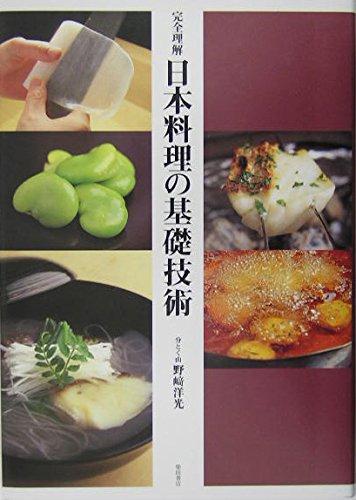Japanese cuisine involves detailed division of roles, and the ability to coordinate these roles effectively is essential for producing high-quality dishes.
To achieve this, not only are high-level culinary skills and knowledge of ingredients essential, but one can also view one's work in the context of the whole.
This book, which provides a step-by-step explanation of Japanese cuisine work for each department, from new chefs to head chefs, is a compilation of the serial articles that appeared in issues 1 to 24 of Shibata Shoten's Mook "Cooking Encyclopedia," with new content added.
By clearly understanding the skills required for one's own job, the overall flow, and connections with other departments, one book will provide a solid grasp of Japanese cuisine work.
1. A major feature of this book is its abundance of color photographs. For example, when it comes to the important art of knife use, the book carefully photographs show how to hold a knife, sharpen it, cut vegetables, and fillet fish, allowing you to confirm details that are difficult to understand from text, such as finger positioning, pressure application, and blade angle.
2. For new chefs, it is important not only to learn how to cook, but also to memorize the rules for tableware and plating. For example, place the split end of a broken Japanese peppercorn toward you, and the stem of a gourd toward the right. For items with a seam, the seam should face forward if it's square, and the seam should face forward if it's round, and photos quickly confirm easily forgotten rules.
3. Starting with a basic understanding for new employees, the book gradually progresses to more advanced kitchen work, including how to wash and store vegetables, how to use and care for knives, how to cut vegetables, and how to rinse fish and shellfish. The book clearly explains the work of each department, from the side and facing boards to the simmering area, grilling area, frying area, and hassunba (snack area), as well as the connections between departments.
4. While simmering is the most difficult part of the kitchen, this book also carefully introduces the simmering area and the work of the side pot, which assists in simmering. Starting with how to make dashi, the book covers nine basic simmered dishes, five simmered dishes using meat, and five soup dishes. Other content includes the formula for kudzu and eggs, and the workflow from the facing board to the simmering area, providing a multifaceted understanding of the simmering process.





